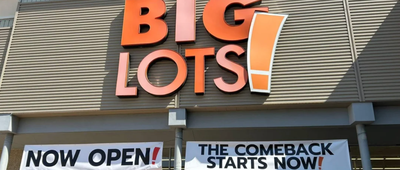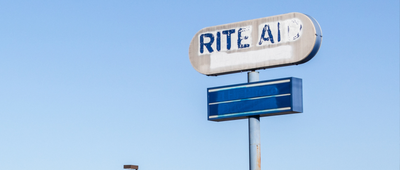When she married John W. Kluge in 1981, Patricia Kluge's new husband's $5 billion net worth was enough to earn him the title of the richest man in America — and she was already a wealthy heiress and model. When they divorced a little less than a decade later, she got a settlement of $1 million a year, but that was small potatoes compared to the couple's legendary $100 million Albemarle estate, located near Thomas Jefferson's Monticello in Virginia, which she also walked away with in the divorce. Beginning in 1999, she and her new husband (Kluge was her second, she was his third wife) borrowed heavily against Albemarle and dumped tens of millions of dollars into a bold plan to build a massive winery, vineyard, and luxury housing operation. When the housing market crashed, they lost it all and declared bankruptcy in 2011.

































